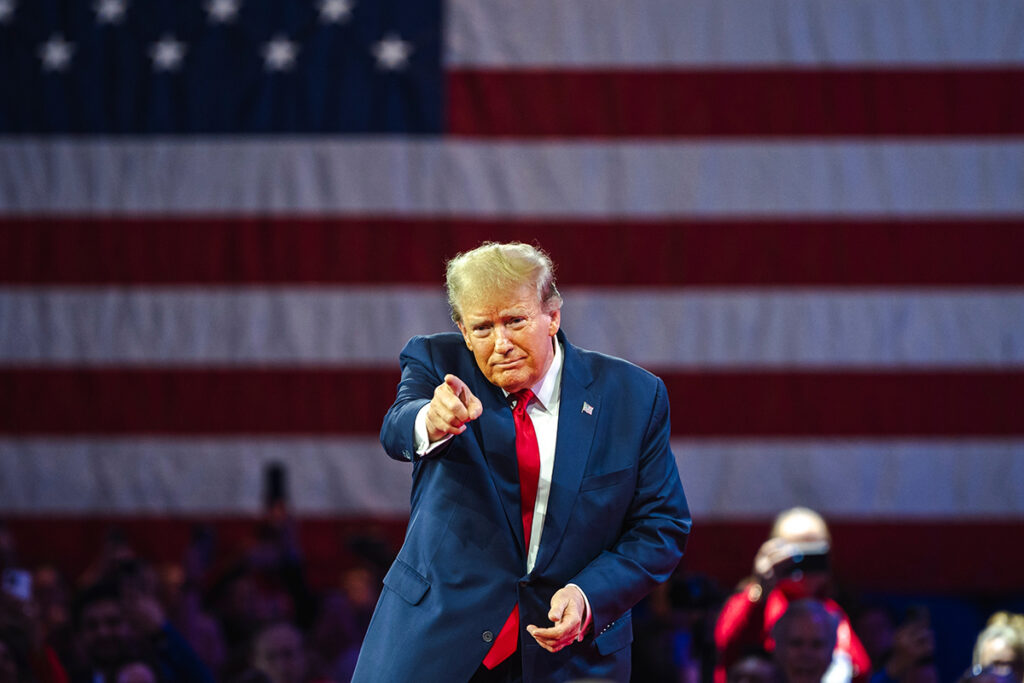Donald Trump has officially taken the oath of office, becoming the 47th president of the United States in a highly anticipated inauguration ceremony. The event, attended by political leaders, business executives, and former presidents, marks the beginning of a new administration that is set to bring significant policy changes in its opening hours.
In his inaugural address, Trump outlined his vision for the country, emphasizing national unity and prosperity. He framed his presidency as the start of a transformative era and pledged to prioritize national security, economic growth, and domestic policy reforms.
Immediate Executive Actions
Within hours of taking office, Trump is expected to take decisive action on key policy issues. One of his first moves will be declaring a national emergency at the US-Mexico border, a decision that signals his administration’s commitment to stringent immigration enforcement. Additionally, he plans to designate drug cartels as terrorist organizations, a classification that could lead to expanded federal measures against organized crime networks.
The administration will also move to eliminate government diversity programs, shifting the federal approach to workplace and hiring initiatives. However, despite speculation, officials have confirmed that no new tariffs on trade partners will be announced today, alleviating immediate concerns about economic disruptions in international commerce.
Political and Public Reaction
The inauguration took place inside the rotunda of the US Capitol, where Trump was sworn in before a gathering of high-profile figures. Among those present were technology industry leaders, cabinet nominees, and former US presidents, underscoring the significance of the moment.
Shortly before Trump assumed office, outgoing President Joe Biden issued pardons for members of his family, a last-minute executive action that has drawn attention amid the transfer of power.
Political analysts have noted that Trump’s inaugural speech carried a forceful tone, emphasizing his administration’s plans for reform while addressing challenges ahead. Observers view his remarks as both a message of determination and a signal of the policy battles likely to emerge in the coming months.
Flag Protocol and Historical Context
As part of the transition, the White House restored its flags to full-mast in recognition of Inauguration Day. The adjustment follows a previous order by Biden to lower them after the passing of former President Jimmy Carter, reflecting the balance between national mourning and the formalities of a new presidency.
Similar adjustments were made at the US Capitol, where House Speaker Mike Johnson confirmed that the flags were raised to mark the occasion. However, in a rare procedural move, both the White House and Capitol flags will be lowered again tomorrow as a continued tribute to Carter’s legacy.
This inauguration is historically significant, as it marks the first time a presidential swearing-in has occurred during a period of mourning for a former president. The dual observances reflect the intersection of political transition and national remembrance, shaping the atmosphere of the day’s events.
As Trump begins his term, his early policy decisions and leadership approach will be closely watched, with expectations of swift executive actions and legislative shifts defining the first phase of his presidency.



